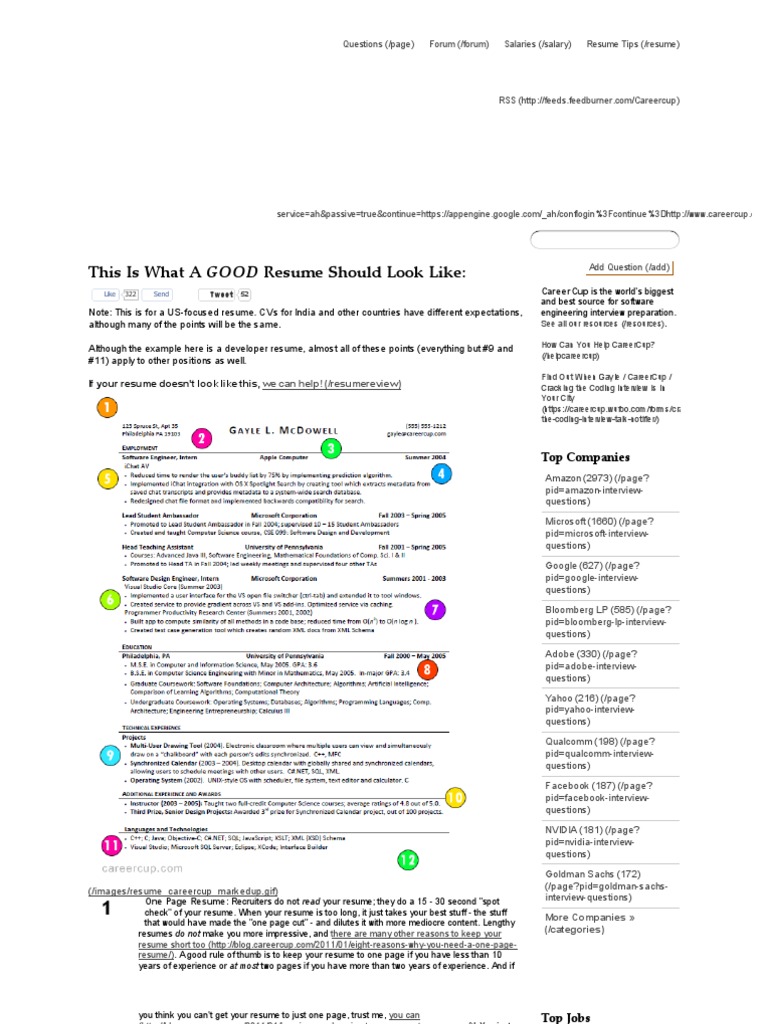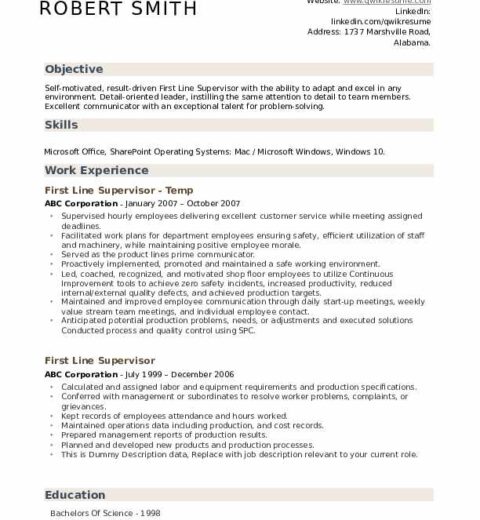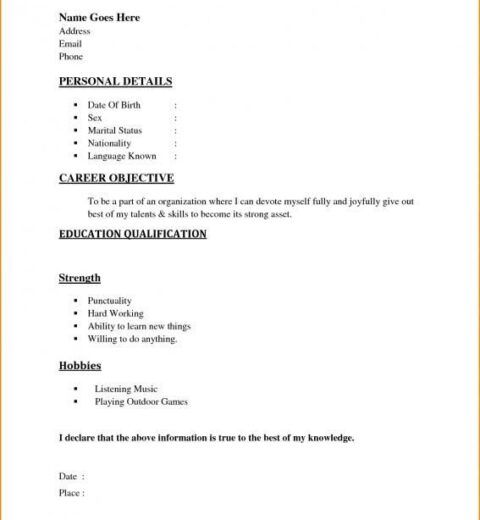In an ever-evolving job market, the significance of a well-crafted resume cannot be overstated. Candidates often find themselves grappling with the challenge of presenting their experiences, skills, and qualifications succinctly while simultaneously making a lasting impression on potential employers. The resume, an indispensable document in the job application process, serves as both a personal marketing tool and a narrative of one’s professional journey. As individuals navigate this complex landscape, an examination of what constitutes a proper resume in today’s job market reveals several fundamental components and underlying dynamics.
First and foremost, clarity is paramount. A proper resume should eschew convoluted sentences and excessive jargon that may alienate hiring managers. It’s essential to adopt a straightforward layout that allows for easy skimming. This entails the use of headers, bullet points, and ample white space—elements that can enhance readability. In a world where time is often in short supply, hiring professionals appreciate resumes that convey information efficiently. The inclusion of clear section titles such as “Work Experience,” “Education,” and “Skills” not only organizes the content but also aids in quickly directing attention to the most relevant details.
Another pivotal aspect of contemporary resumes is customization. The days of one-size-fits-all resumes are long gone. In today’s competitive job market, tailoring one’s resume to each specific job application is both an art and a necessity. This involves dissecting the job description to identify key competencies and experiences desired by the employer. Strategic incorporation of keywords from the job listing can facilitate alignment with applicant tracking systems (ATS)—software that many companies use to filter resumes before they even reach human eyes. By optimizing resumes for ATS, candidates can significantly increase their chances of being shortlisted for interviews.
Moreover, a proper resume today emphasizes quantifiable achievements over a mere listing of duties. Employers are not merely interested in what candidates have done; they want to know how well they have performed those tasks. Instead of stating “responsible for managing a sales team,” a more compelling entry would describe the achievement: “led a sales team of five, resulting in a 30% increase in quarterly revenue.” This approach not only substantiates past contributions but also paints a vivid picture of one’s capabilities, enhancing the overall appeal of the document.
The format is equally crucial in defining a proper resume. Chronological, functional, and hybrid formats each serve distinct purposes, depending on the individual’s career trajectory. A chronological format, which outlines work experience from the most recent to the oldest, is particularly advantageous for those with a consistent employment history. Conversely, a functional format may be beneficial for individuals with gaps in employment or those transitioning to a new industry, allowing them to emphasize transferable skills rather than job history. The hybrid format combines elements of both, offering a versatile canvas that can be tailored to the candidate’s strengths.
Additionally, the aesthetic appeal of a resume cannot be neglected. While content is king, presentation plays a pivotal role in capturing attention. A professional yet eye-catching design can distinguish a resume in a pile of monochromatic documents. Subtle use of color, fonts, and graphics, when executed judiciously, can convey creativity without sacrificing professionalism. However, it is crucial to maintain the integrity of the content—design should enhance, not overshadow, the information presented.
As one navigates the intricacies of resume writing, attention to detail emerges as a non-negotiable requirement. Typos, grammatical errors, and inconsistent formatting can undermine credibility and project an image of carelessness. A meticulous proofreading process is essential. Furthermore, soliciting feedback from third parties can provide valuable insights that may elude the writer’s own perspective. A fresh set of eyes can identify potential pitfalls and enhance the document’s overall coherence.
Another trending feature in modern resumes is the inclusion of a professional summary or objective statement. While previously viewed as optional or even archaic, a concise and well-articulated summary can serve to orient the employer—offering a snapshot of the candidate’s professional identity. This component should succinctly encapsulate key skills, experiences, and career aspirations, thereby establishing a coherent narrative that encourages further reading.
Networking and personal branding also play influential roles in shaping the modern job search. A resume should not exist in isolation; rather, it should be a facet of a broader professional image. Online platforms such as LinkedIn offer opportunities to enhance visibility and connect with industry professionals. Candidates who actively maintain an online presence increase their chances of being discovered by recruiters and employers. Consistent, positive branding across digital profiles and resumes amplifies opportunities in various job markets.
As the job market continues to evolve, the notion of what constitutes a proper resume will likely change as well. Staying attuned to industry trends, technological advancements, and shifting employer expectations is vital for candidates aspiring to make a mark. The significance of adaptability cannot be overstated; those who are willing to iterate on their resumes based on feedback and market conditions will find themselves in a more favorable position. Ultimately, a proper resume serves not only as a reflection of a candidate’s past but also as a bridge to future opportunities, making its formulation an exercise in both strategy and self-promotion.




